
OR
Digitization of social allowance in progress
Published On: March 11, 2017 10:02 AM NPT By: RUHEE SHRESTHA
KATHMANDU, March 11: Following its decision to transition to electronic payments for social security allowances, the government has decided to expand its pilot testing of the handling of social security funds through a technology-enabled system. With support from the World Bank, through a project called 'Strengthening Systems for Social Protection and Civil Registration Project', the government has planned to roll this out in at least 25 districts. The five-year project seeks to improve the coverage of social security allowances and civil registration, and the delivery of social security allowances.
The five Social Security Allowance (SSA) schemes - old-age pension, single woman's pension, the child grant, disability grant, and endangered ethnicity grant - together reach more than 2.2 million individual beneficiaries, with the benefit amounts ranging from Rs 400 per month per child for the child grant to Rs 2,000 per month for the elderly benefit.
According to the Ministry of Federal Affairs and Local Development (MoFALD), the total budget allocation for fiscal year 2016-17 for SSA is Rs 32.7 billion. These allowances are intended for those who are considered socially and/or economically vulnerable.
According to Anil Kumar Thakur, Director General of the Department of Civil Registration, "Social Security Allowances has been provided in 286 VDCs and 131 municipalities through banking services. Only 50-60 percent households of Nepal receive the benefits, so there is room for improvement. The current social security programs use branch-less banking and cash camps, with the emphasis on authentication mechanism to access funds."
About the assistance provided by the World Bank, Thakur said that the project is in early stage and procedures and guidelines for the project were discussed a few weeks ago in Chitwan and Biratnagar, and that the project will be implemented across the country in the near future.
The present social security programs are limited in the coverage of beneficiaries and many are still unaware of the benefits or perceive them to be inaccessible. According to a World Bank report, for both old-age pensions and widow pensions, 38-40 percent of the eligible beneficiaries are not receiving the benefits. The DDCs, VDCs and municipalities cite limited manpower and administrative expenses of handling large cash transfers as the reasons for their poor service delivery.
Over the last 15-20 years, the implementation of social security programs has faced challenges due to the absence of a comprehensive beneficiary database and Management Information System (MIS), and reliance on cash-based benefit payments with associated control risks. However, the MoFALD has initiated promising efforts through the implementation of branchless banking in five districts so far and has also developed an MIS which has been rolled out across 14 districts to facilitate digitization of beneficiary data.
"The MIS, an online transaction system, efficiently evaluates, organizes beneficiaries' records of vital events, SSA, making it possible to easily access one's bank account from anywhere after entering one's unique ID," says Thakur. So far, database of a total of 2.4 million individuals has been entered into the system.
“Digitized record keeping systems can improve a provider's ability to accurately track, monitor and plan its programs,” says Jasmine Rajbhandary, the Task Team Leader of the project.
Accessing funds via banks is a challenge for people living in the rural areas, where there is limited or no banking services available. “The use of technology by service providers to transfer funds is a great innovation taking place to advance financial inclusion. Kenya, for example, adopted the M-pesa service targeting people who had no access to the traditional banking system, as a viable alternative for transferring money on the most basic mobile handset, and now Kenya leads the world in mobile money. The upcoming project in Nepal would do well to take a similar approach which includes a combination of technologies viz, card, mobile, NFC among others,” says Jaspreet Singh of UNCDF.
Beneficiaries who do not have access to banking institutions nearby will be able to access cash at mom and pop store (local vendors/groceries) through bio metric authentication or through any java supported phone; it isn't only confined to smartphones.
"Mobile banking would be fast, secured and relatively inexpensive with a very high value to its users. Companies such as Hello Paisa have made a mark in Nepal for mobile payment system of goods and services, and transfer of cash between account holders", explains Sanjay B. Shah, the co-founder of Fin Access Private Limited.
Mobile payment is still in its early stages, but the foundation of this technology is already set. There are issues regarding consumer perception towards mobile payments. The customers consider that mobile payments are only for smartphone users.
You May Like This
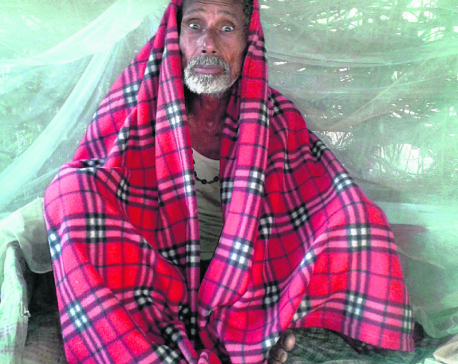
Social security allowance not distributed since the past six months
RAJBIRAJ, April 10: Domani Devi, 90, has not received old age allowance for the last six months. Because of it she... Read More...

Elderly people of Gulmi denied social security allowance for six months
SOLUKHUMBU, March 30: Traffic in the Tingla Khanda section under the Solu-Okhaldhunga road in Solukhmbhu district has resumed from today... Read More...

Septuagenerain dies while receiving social security allowance
UDAYAPUR, Feb 13: An elderly man has died while he was receiving social security allowance in the district on Monday. Read More...
_20240423174443.jpg)
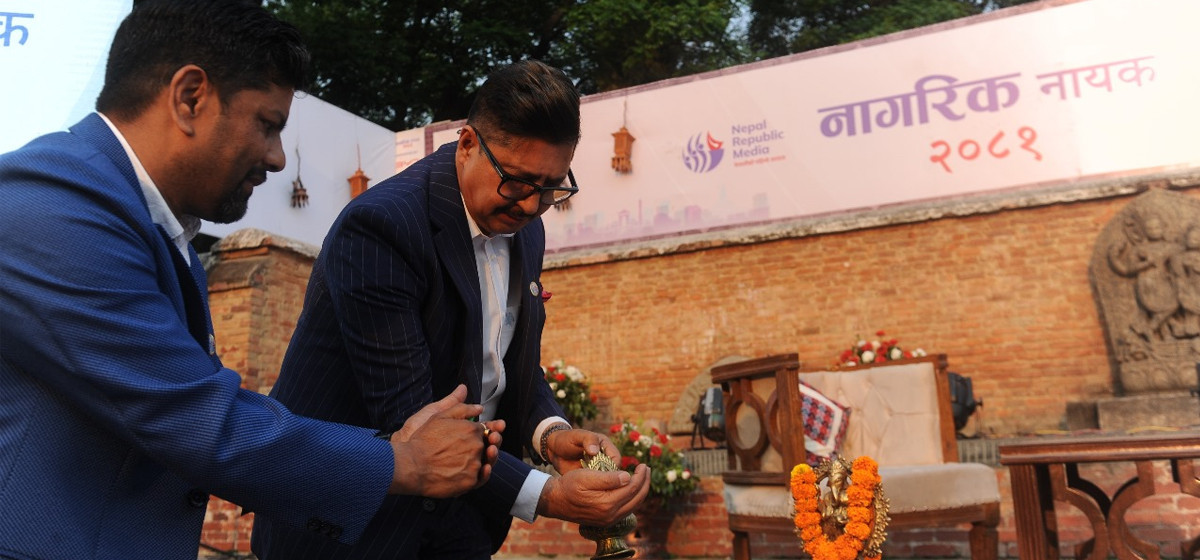
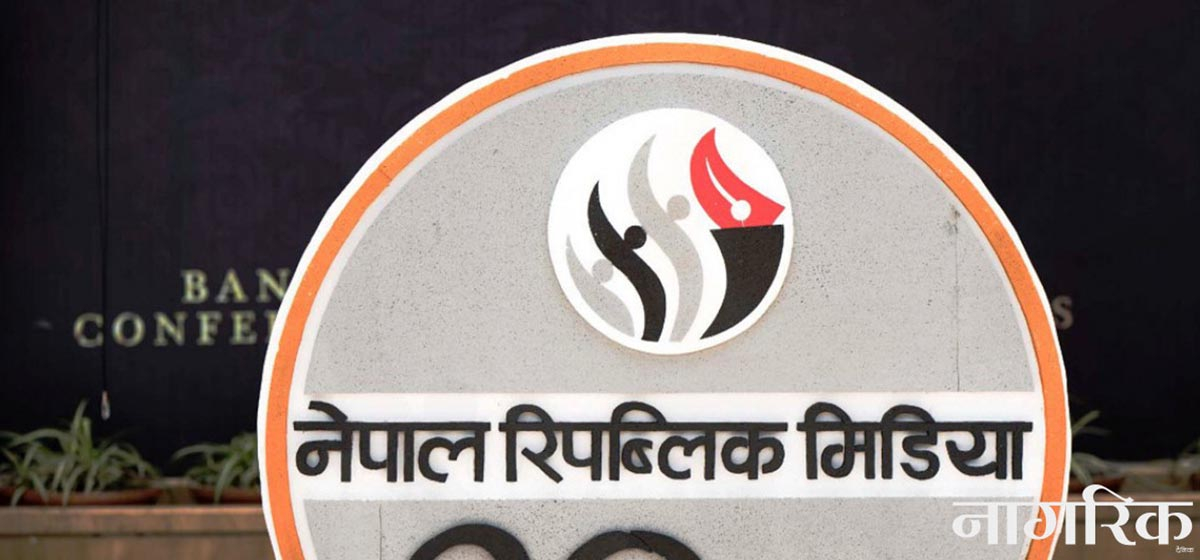

Just In
- Nagarik Nayak (Live)
- Qatar Emir in Kathmandu, President and Prime Minister welcome Emir at TIA (In Photos)
- NRM Director Gyawali inaugurates Nagarik Nayak 2081
- Govt amends nine laws through ordinance to attract investors
- NRM to announce two citizen heroes today
- Federal capital Kathmandu adorned before Qatar Emir's State visit to Nepal
- Public transport to operate during Qatari king’s arrival, TIA to be closed for about half an hour
- One arrested from Jhapa in possession of 43.15 grams of brown sugar





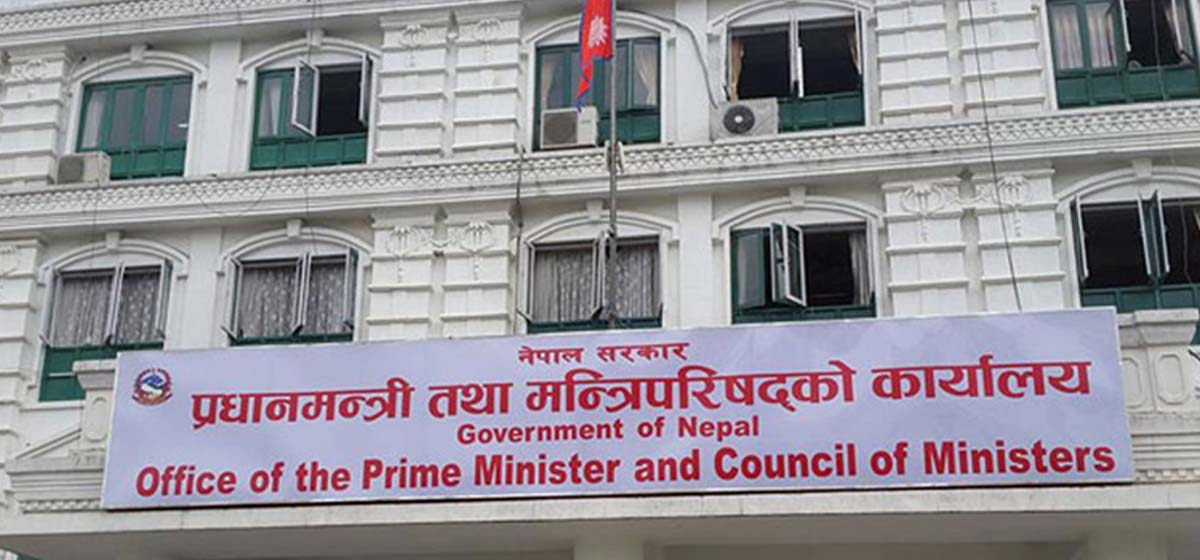
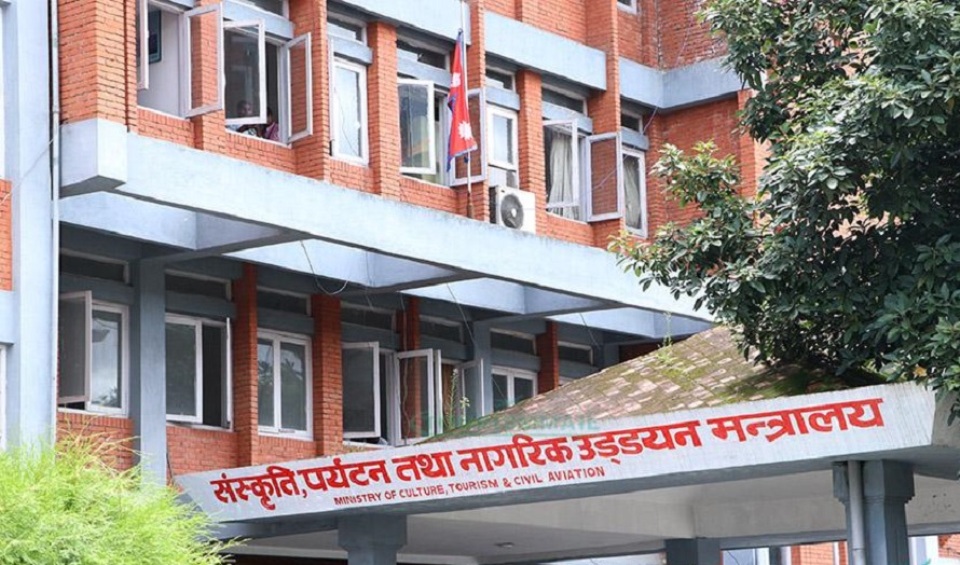




Leave A Comment